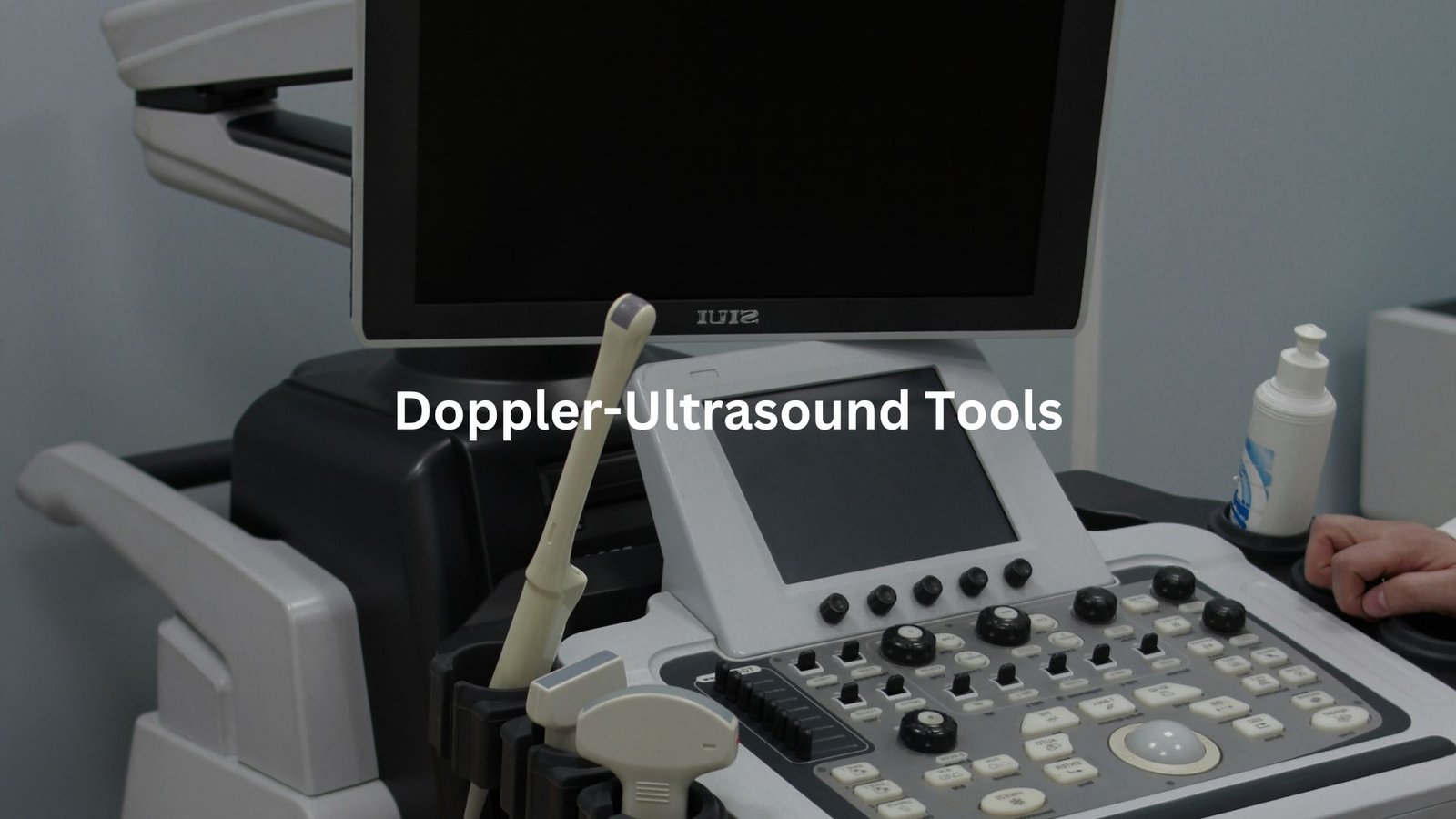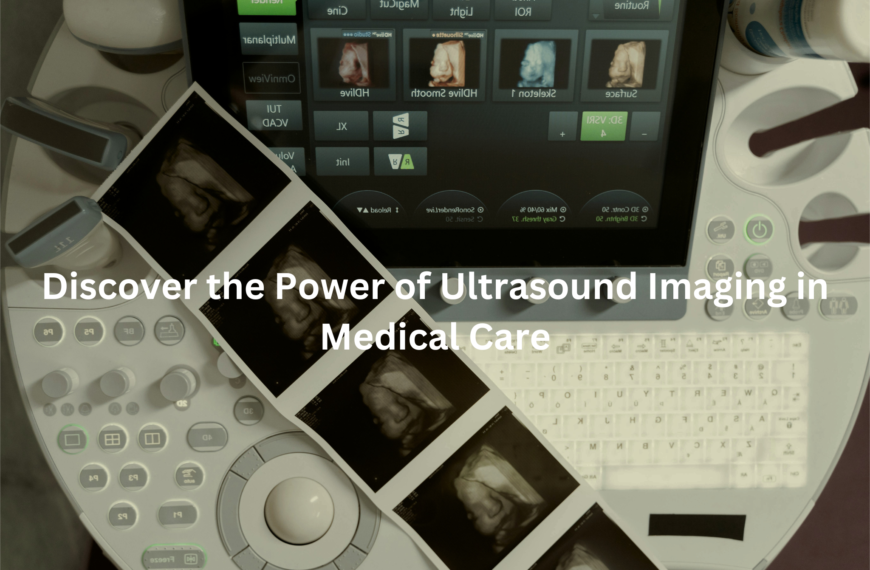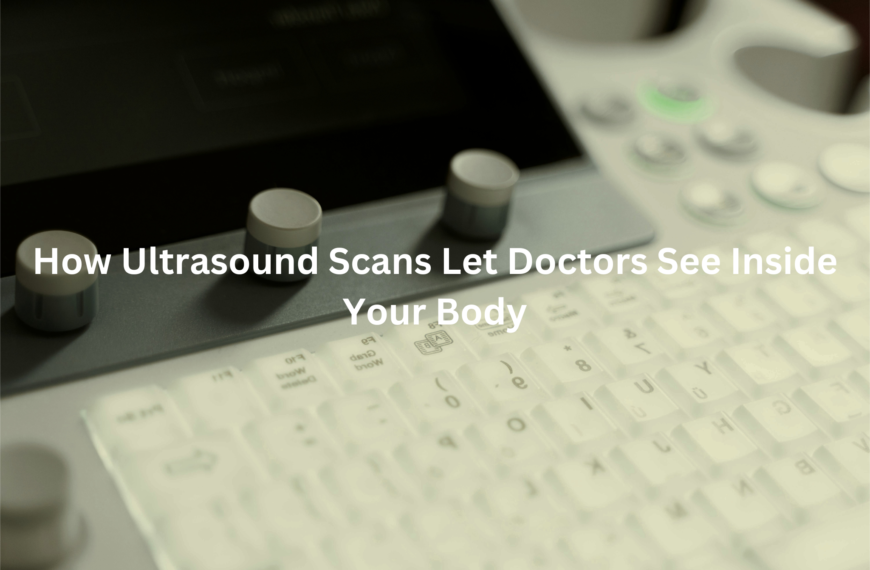Learn about venous Doppler ultrasound, how it helps detect vein problems, and what to expect during the procedure.
Venous Doppler is a special kind of test. It helps doctors see how blood moves in our veins. It’s important for finding problems like deep vein thrombosis, which is a blood clot. It wasn’t just a fancy ultrasound like the ones used during pregnancy. But it’s really a lot more than that. Keep reading to find out how this test works and why it’s so important for our health.
Key Takeaway
- Venous Doppler ultrasound is a non-invasive way to check blood flow in veins.
- It helps find conditions like deep vein thrombosis and venous insufficiency.
- You can expect a safe and painless experience with real-time images of your blood flow.
What is Venous Doppler Ultrasound?
Venous Doppler ultrasound is a test used to check how blood flows in the veins. It’s mostly done in the legs, but sometimes in the arms too. This test is really important for spotting issues like deep vein thrombosis (DVT), which is when a blood clot forms in a deep vein. A doctor say that if they catch DVT early, they can prevent a lot of serious problems later, like a pulmonary embolism, which happens when a clot travels to the lungs.
How Does It Work?
It’s fascinating how sound waves can do more than carry music. In an arterial Doppler ultrasound, sound waves help doctors watch your blood flow in real-time. A device called an ultrasound transducer sends out these waves. When the waves hit moving blood cells, they bounce back like an echo—this is the Doppler effect.
Using this, the doctor can measure blood flow velocity, including peak systolic velocity and end-diastolic velocity. It’s like watching a movie of your blood circulation, showing how fast and steady everything is.
Several tools help with this test:
- Transducer: A small, handheld device sends and receives sound waves.
- Ultrasound gel: The technician applies this gel on your skin to help the waves travel clearly. (Without it, there’d be too much static.)
- Blood pressure cuffs: These are sometimes used on your arms or legs to assess how blood flows in different spots—handy for calf pain assessment or intermittent claudication.
Altogether, it’s a simple, non-invasive imaging process that provides a detailed vascular health evaluation. Wear comfy clothes, ask questions if you’re curious, and let the technology do its thing. (1)
Why Is It Important?

Blood doesn’t always flow the way it should. A Venous Doppler ultrasound helps doctors figure out if veins are behaving properly or causing trouble. It’s a simple, non-invasive imaging test, but it can reveal big things.
One critical job is spotting deep vein thrombosis (DVT). DVT forms when blood clots in deep veins, usually in the legs. Left untreated, it can break loose and head for the lungs—scary stuff.
The test also checks for venous insufficiency. This is when veins struggle to push blood back to the heart, leading to swelling or aching legs. You might notice heaviness or fatigue in your legs by the end of the day.
It can also identify venous reflux—a fancy term for backward blood flow. Faulty valves cause this, leading to varicose veins or even skin changes like dark spots or ulcers.
Getting the test? Wear loose clothes and expect a cool layer of ultrasound gel. A small price to pay for peace of mind.
Who Is at Risk for DVT?
Some people seem to have a target on their backs when it comes to deep vein thrombosis (DVT). It’s not just random, though. Certain things stack the odds.
Surgery tops the list. Especially orthopaedic procedures or anything that involves being still for too long. Injuries, too—think broken bones or anything that keeps you off your feet for weeks. Then there’s pregnancy. The body’s changes during those months increase clotting risks.
Travel plays a role as well. Long flights (those 10-hour hauls to Europe) can slow down blood flow, especially if you’re cramped in a tiny seat. Carrying extra weight also ups the chances. More pressure on the veins equals higher risk. And if there’s a history of blood clots in your family or your past, that’s like holding a red flag. (2)
Simple tip: Move. Stretch your legs. Stay hydrated. Small stuff, big difference.
What Happens During the Exam?
Credit: The Ultrasound Suite
Walking into the room, there’s a chill in the air. Maybe from the gel they’re about to use. It’s not much different from getting ready for a regular check-up—just a bit more personal.
First, you’ll probably take off clothing from the area being checked. If they’re looking at your legs, that means anything from the waist down. The technician might ask a few questions—recent surgeries, injuries, or any swelling. It’s all part of making sure the exam goes smoothly.
Then comes the table. You lie flat, trying to find a comfortable position. They squeeze a blob of ultrasound gel onto your skin. It’s cold but helps the sound waves travel better.
With the transducer (a handheld wand), they move slowly across your skin. You’ll hear a rhythmic, whooshing sound as they map out blood flow. This is where they check Doppler waveforms—looking for any sluggish or backward-moving blood.
Results? They don’t take long. Sometimes, they’ll mention findings on the spot, but typically, you’ll hear within a couple of days. It’s best to follow up and stay proactive—your veins will thank you.
What Do the Results Mean?
Sometimes, the scariest part of a test isn’t the process—it’s the results. People sit there waiting, wondering what those scans or waveforms might show. And it’s true, the results from a Venous Doppler test can tell a lot about what’s happening beneath the surface.
If the test comes back normal, that’s good news. It means blood is flowing through the veins like it should—no clots, no blockages, no strange backward flow (venous reflux). But if something’s wrong, the test can pinpoint the issue.
Here’s what it might show:
- A blood clot, which could be a deep vein thrombosis (DVT). These are dangerous because they can travel to the lungs.
- A blockage in one of the veins, stopping blood from moving properly.
- Blood flowing the wrong way, which happens when valves in the veins stop working (this can lead to swelling or varicose veins).
If the results aren’t what you hoped for, don’t panic. Clots can be treated (with blood thinners or even surgery, if needed). Reflux can be managed too, sometimes with compression stockings or minor procedures. The best thing? Act early. Listen to your body. It’s always better to check than to wait.
Benefits and Risks of Venous Doppler
There’s something comforting about a test that doesn’t require needles. The Venous Doppler ultrasound is like that—non-invasive and painless. You just lie there while the technician moves a small device over your skin, listening for the sound of your blood moving through your veins.
One of the best things about this test is its safety. There are no needles, dyes, or radiation involved. It uses sound waves (which are completely harmless) to create images of blood flow. And the results? They come in fairly quickly, usually within a couple of days. That speed can make a big difference when a doctor’s trying to decide on the right treatment.
Risks are few, but they’re still there. Sometimes, smoking or poor circulation can affect the accuracy by narrowing the arteries, making it harder to see the blood flow clearly. Other factors—like dehydration—might change how the test reads your veins. (3)
For anyone who’s worried about the process, the advice is simple: stay hydrated, avoid caffeine, and don’t smoke before the test if you can help it. Small changes that might just give more accurate answers.
FAQ
What does a venous Doppler ultrasound check for during a leg or arm ultrasound procedure?
A venous Doppler ultrasound uses non-invasive imaging to assess blood flow in your legs or arms. It helps detect issues like deep vein thrombosis (a dangerous blood clot) or venous insufficiency (poor blood return to the heart). By analysing Doppler waveforms and abnormal venous flow patterns, it identifies blockages, evaluates venous valve function, or checks for thrombophlebitis diagnosis (inflamed veins).
This test is often part of a vascular health evaluation to guide treatment or rule out pulmonary embolism risk.
How should I prepare for a venous Doppler ultrasound, and what happens during it?
No special preparation is needed, but you’ll likely remove clothing around the area being scanned. A technician applies ultrasound gel and glides an ultrasound transducer over your skin, using real-time imaging technology to view veins. The process checks peripheral veins assessment in legs/arms, evaluates calf muscle pump function, or screens for venous occlusion identification.
It’s painless and focuses on patient comfort during ultrasound, though temporary pressure from blood pressure cuffs might be used. Results help plan treatments like compression stockings use or further vascular surgeon consultation.
Can a venous Doppler ultrasound diagnose chronic venous disease or varicose veins?
Yes. This test evaluates chronic venous disease assessment by examining venous reflux assessment (backward blood flow) and abnormal venous flow patterns. It’s effective for varicose veins examination, checking weakened valves or enlarged veins. The ultrasound also analyses skin changes assessment linked to poor circulation and assesses hemodynamics evaluation (how blood moves).
While it can’t treat conditions, it informs diagnostic criteria for venous disorders and measures compression therapy effectiveness. For persistent leg pain evaluation or swelling diagnosis, it helps determine if lifestyle changes or medical care are needed.
Conclusion
In wrapping up, Venous Doppler ultrasound is a key tool in checking our vascular health. It helps find issues early, which can prevent serious problems down the road. Regular check-ups with this test can help keep people healthy, especially those at risk for blood clots or vein problems. If you ever feel any unusual leg pain or swelling, it’s a good idea to talk to a doctor about getting this test. Your veins will thank you!
References
- https://www.umms.org/ummc/health-services/imaging/diagnostic/ultrasound/venous-doppler#:~:text=Venous%20Doppler%20is%20a%20special,the%20assistance%20of%20a%20Radiologist.
- https://vascularsurgery.wustl.edu/patient-care/venous-doppler-exam/
- https://www.radiologyinfo.org/en/info/venousus




